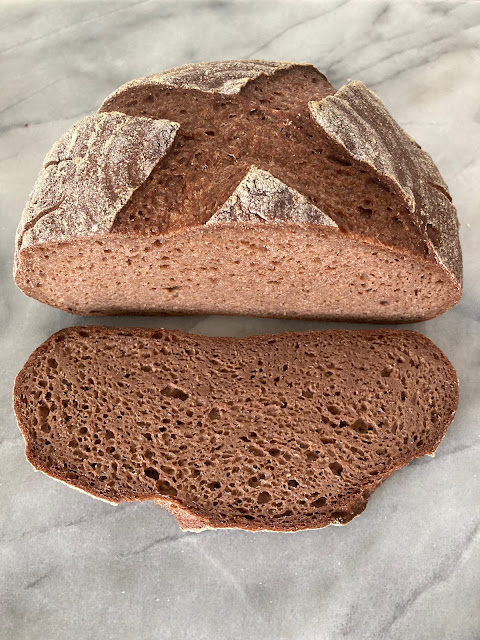Slow-cooked Salmon
One night my cooking partner was in charge of buying ingredients for dinner. I was in the mood for salmon, and he got a very nice-looking piece. Good salmon is plentiful here in the Pacific Northwest. The thing is, we eat salmon a lot. We have our standard ways of cooking it, like this Salmon Paprika recipe that I do pretty often. This time I wanted something really different. After a quick search on one of my favorite food blogs, No Recipes, I found this recipe for Slow-Roasted Salmon. I took the idea and modified it on a whim.
Here's the concept: cook your salmon at a very low heat. This way, you avoid over-cooking it and you get a really tender piece of fish.
Simple, eh? Why didn't I think of that?! I have struggled with cooking salmon on a really hot flame and pulling it off at that moment of complete perfection. With the slow cooking technique, there's no risk in ending up with a dry, chewy piece of fish.
If the emulsion starts to separate and looks greasy, add more vinegar or a little bit of water and re-mix until incorporated. If the sauce won't emulsify, add more mustard and try again.
Line a cooking sheet with parchment paper. This will keep you from having to clean up a sticky mess later. Place the salmon on the lined cooking sheet and coat it with the sauce.
Here's the concept: cook your salmon at a very low heat. This way, you avoid over-cooking it and you get a really tender piece of fish.
Simple, eh? Why didn't I think of that?! I have struggled with cooking salmon on a really hot flame and pulling it off at that moment of complete perfection. With the slow cooking technique, there's no risk in ending up with a dry, chewy piece of fish.
Slow-cooked Salmon Recipe:
Heat the oven to 225 F. Cut into single-serving pieces:
1.5 pounds nice, thick salmon fillet
In a bowl, mix together until emulsified:
1 Tbsp molasses
1 Tbsp olive oil
a dash mustard or mustard powder
1-2 tsp. yellow curry powder
salt to taste
a dash or two balsamic vinegar
If the emulsion starts to separate and looks greasy, add more vinegar or a little bit of water and re-mix until incorporated. If the sauce won't emulsify, add more mustard and try again.
Line a cooking sheet with parchment paper. This will keep you from having to clean up a sticky mess later. Place the salmon on the lined cooking sheet and coat it with the sauce.
Place the salmon in the oven and cook for 20-30 minutes, or until the thickest part of the salmon reads 140 degrees. The top should look lovely and glazed.
Serve over greens or rice, or with potatoes. Enjoy!








Comments